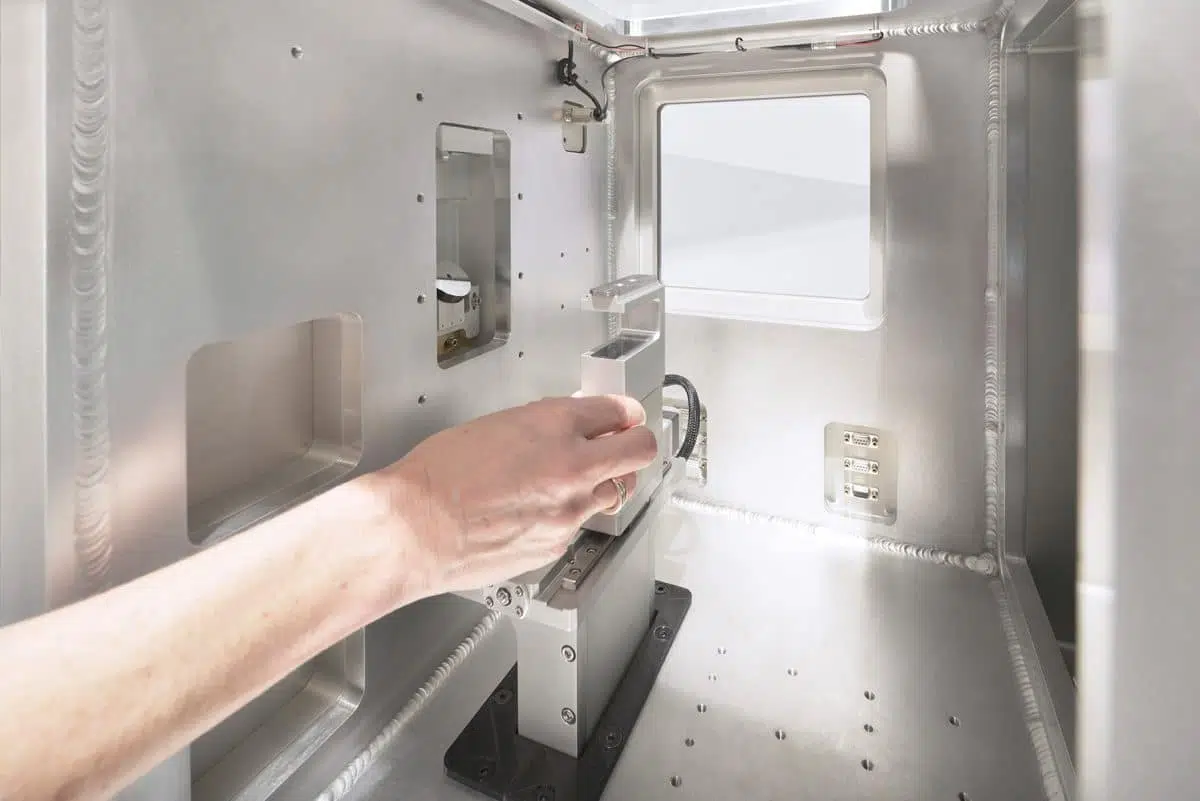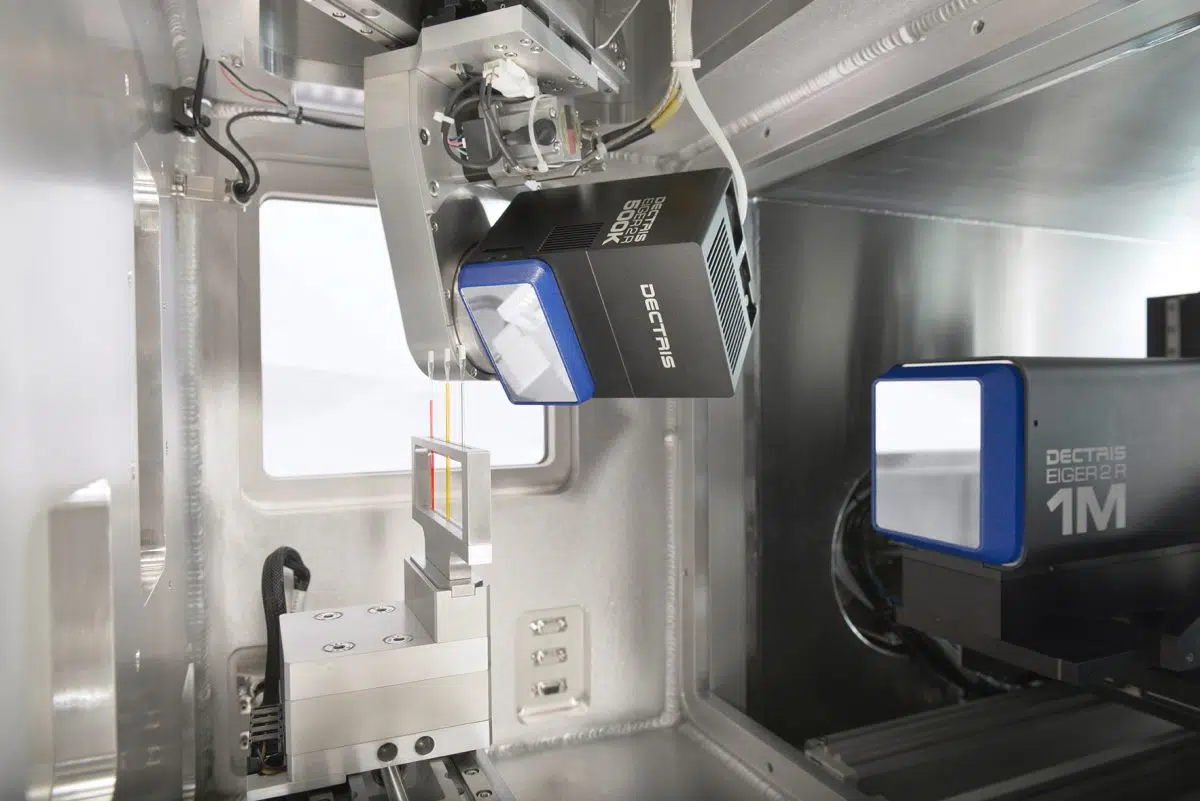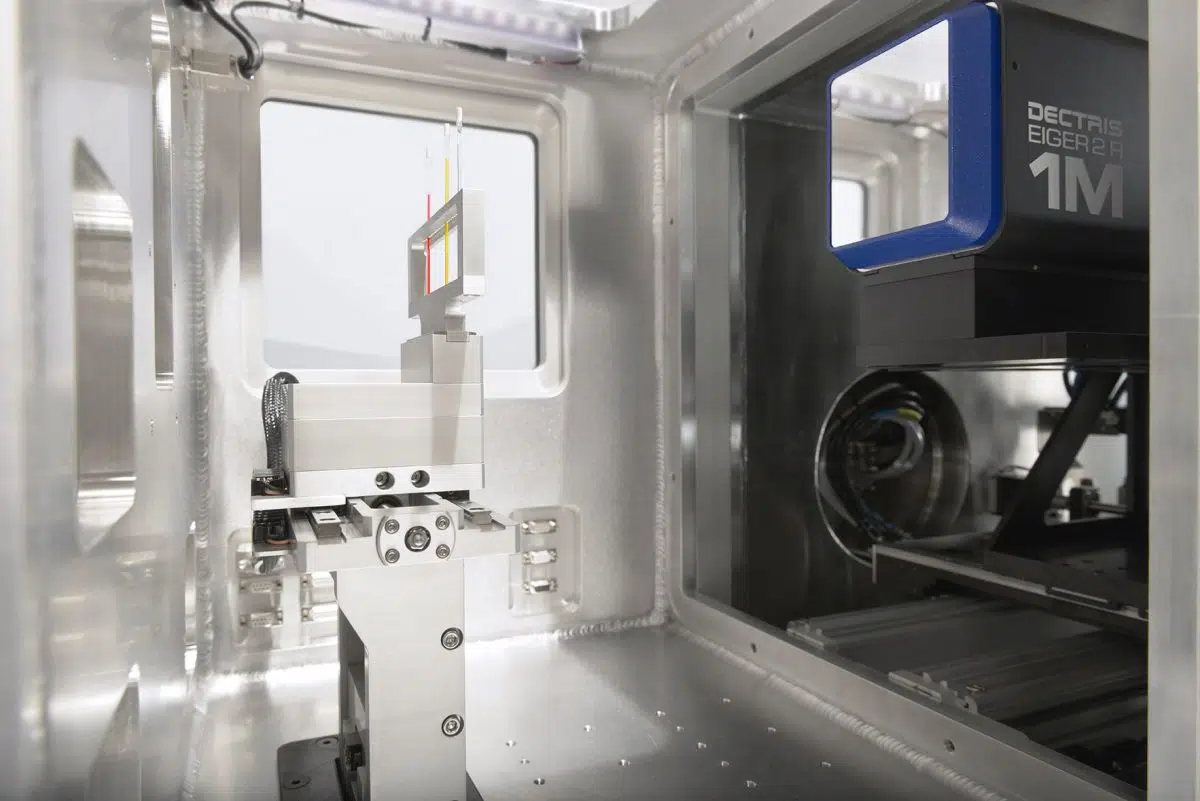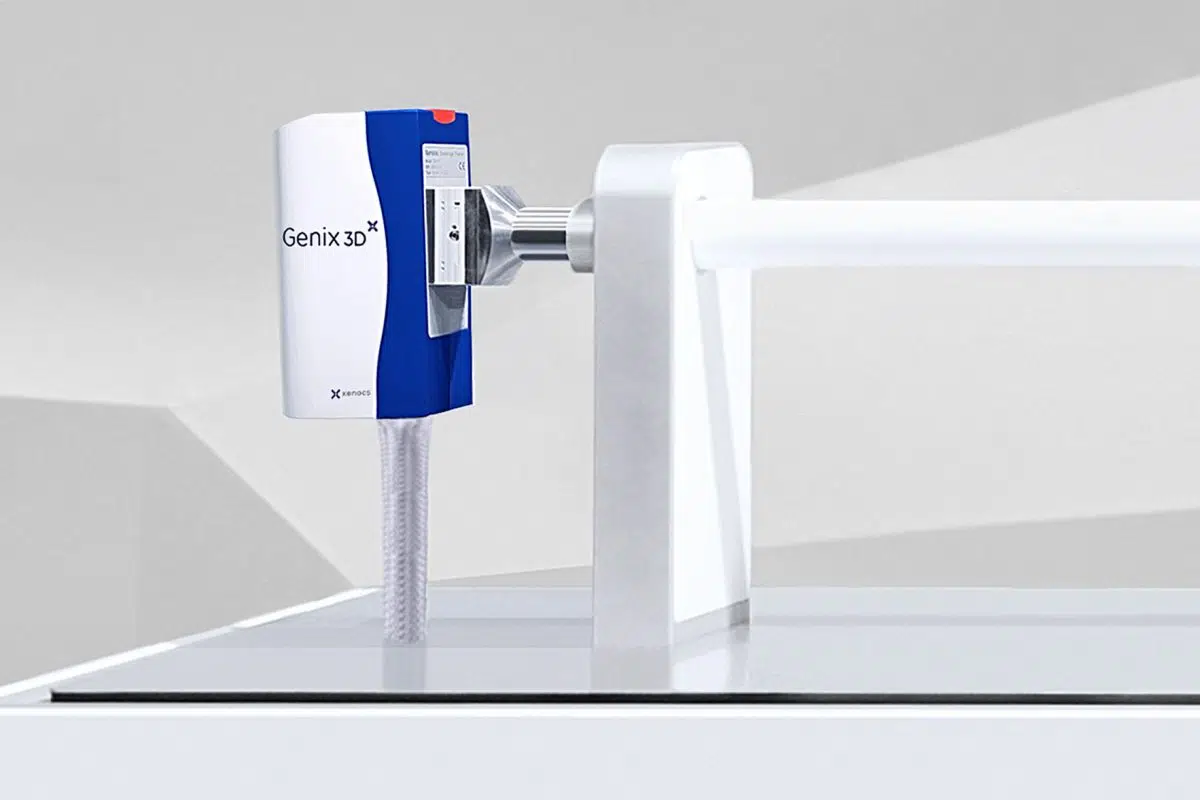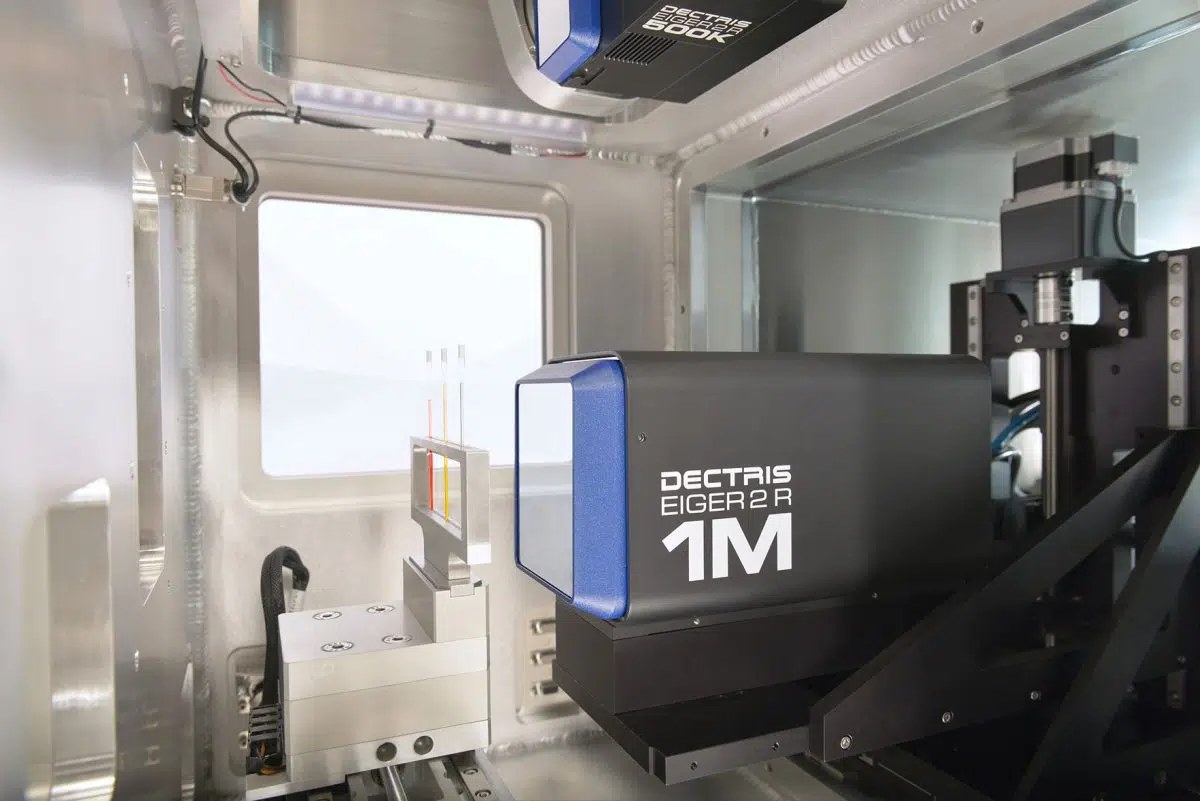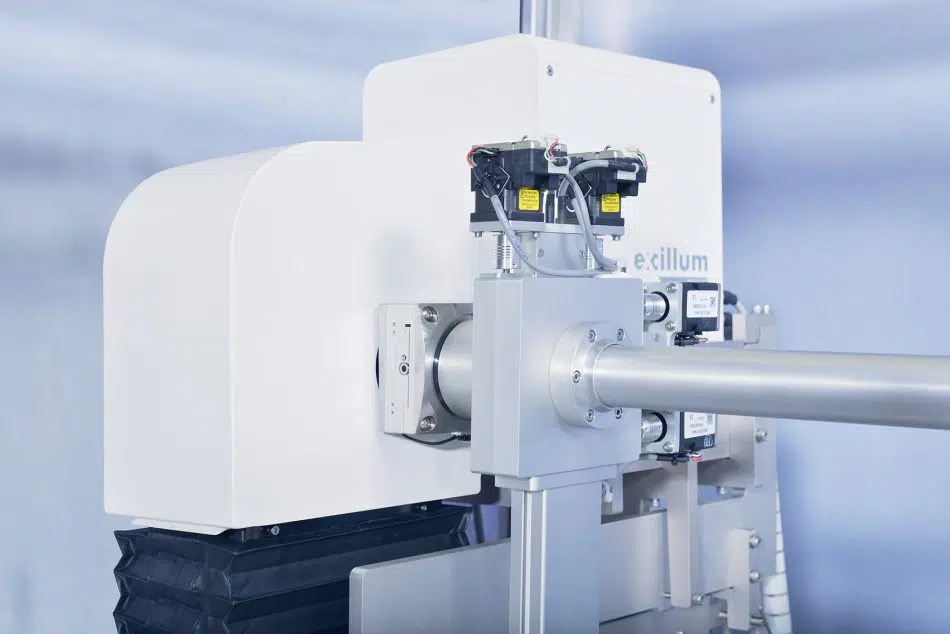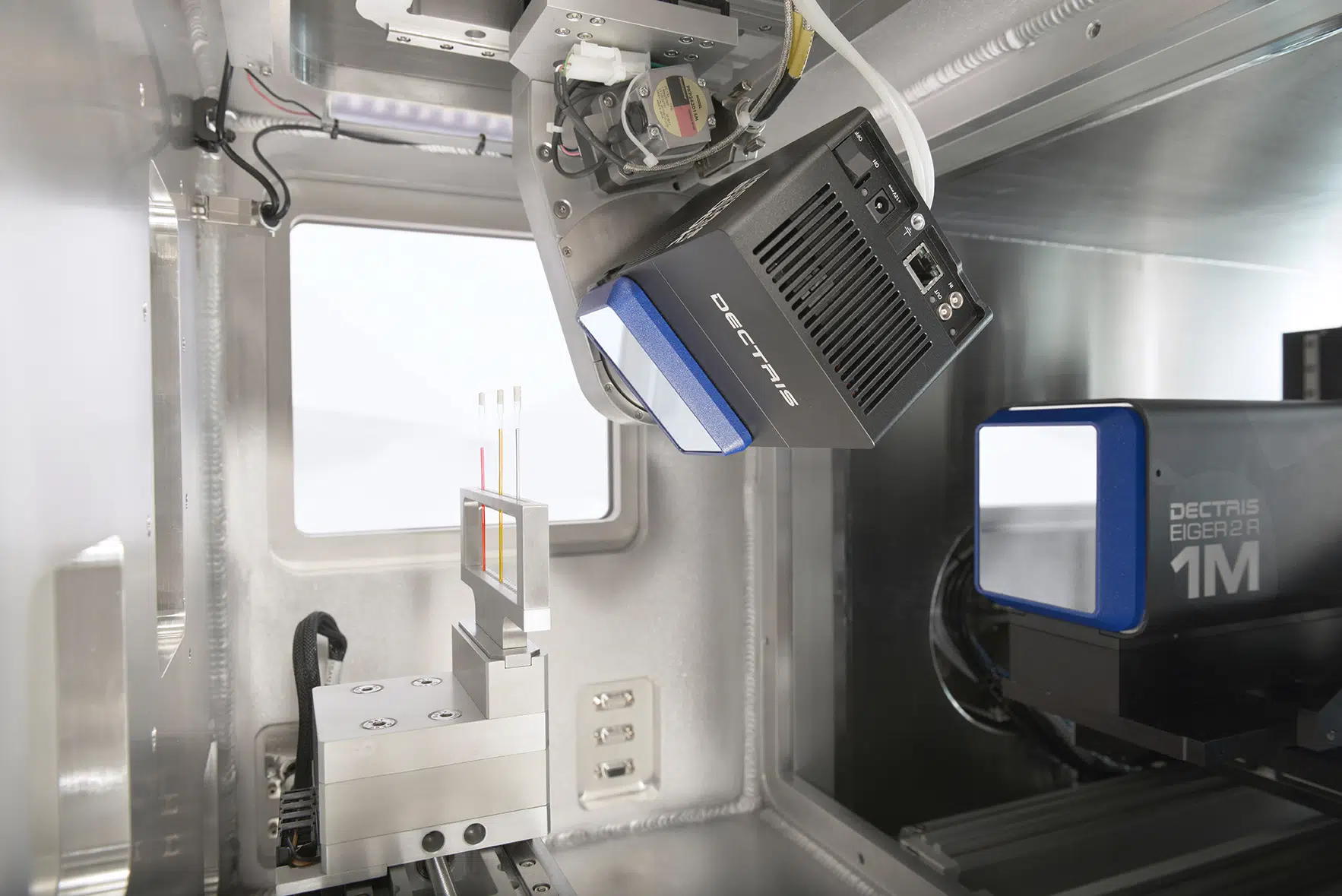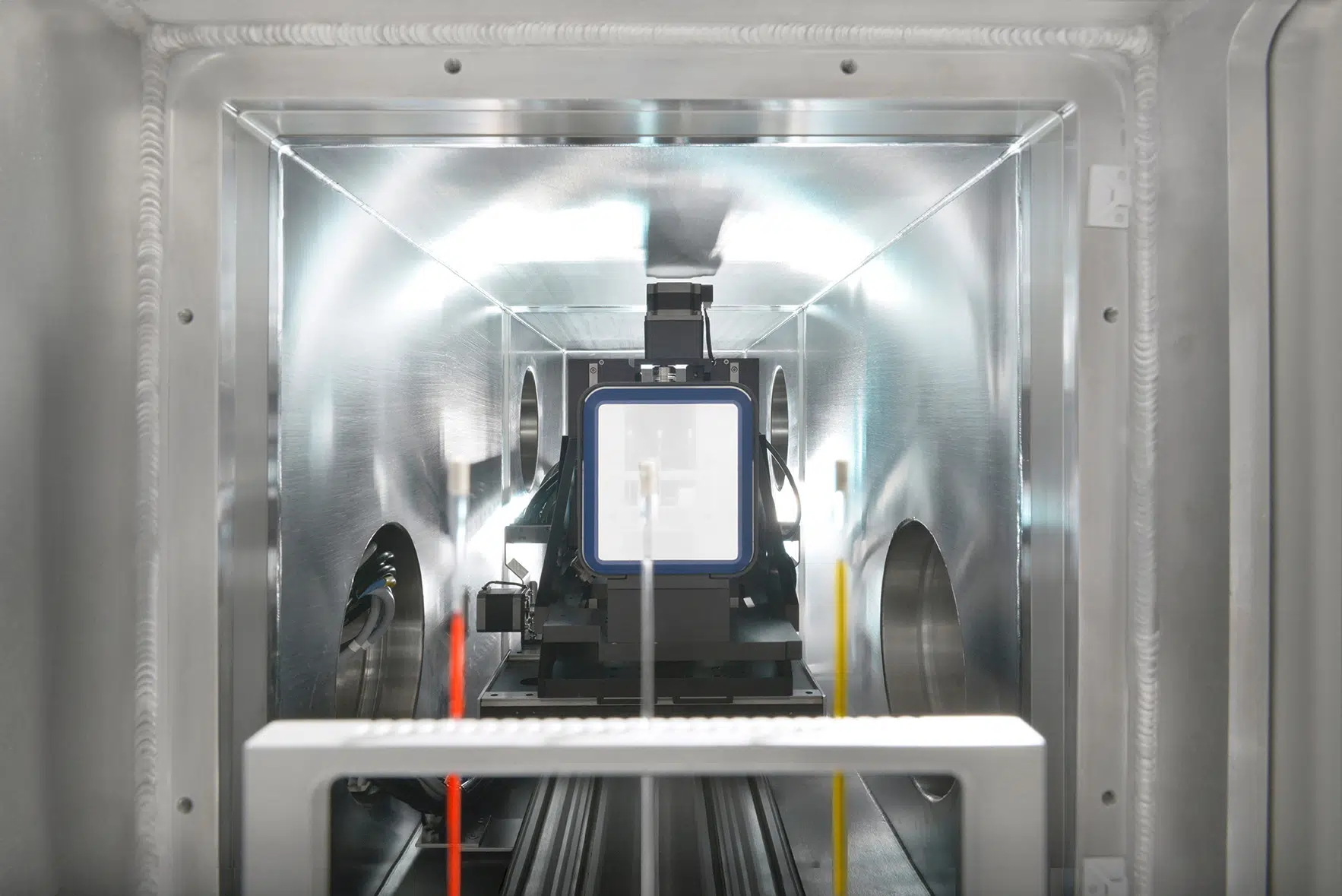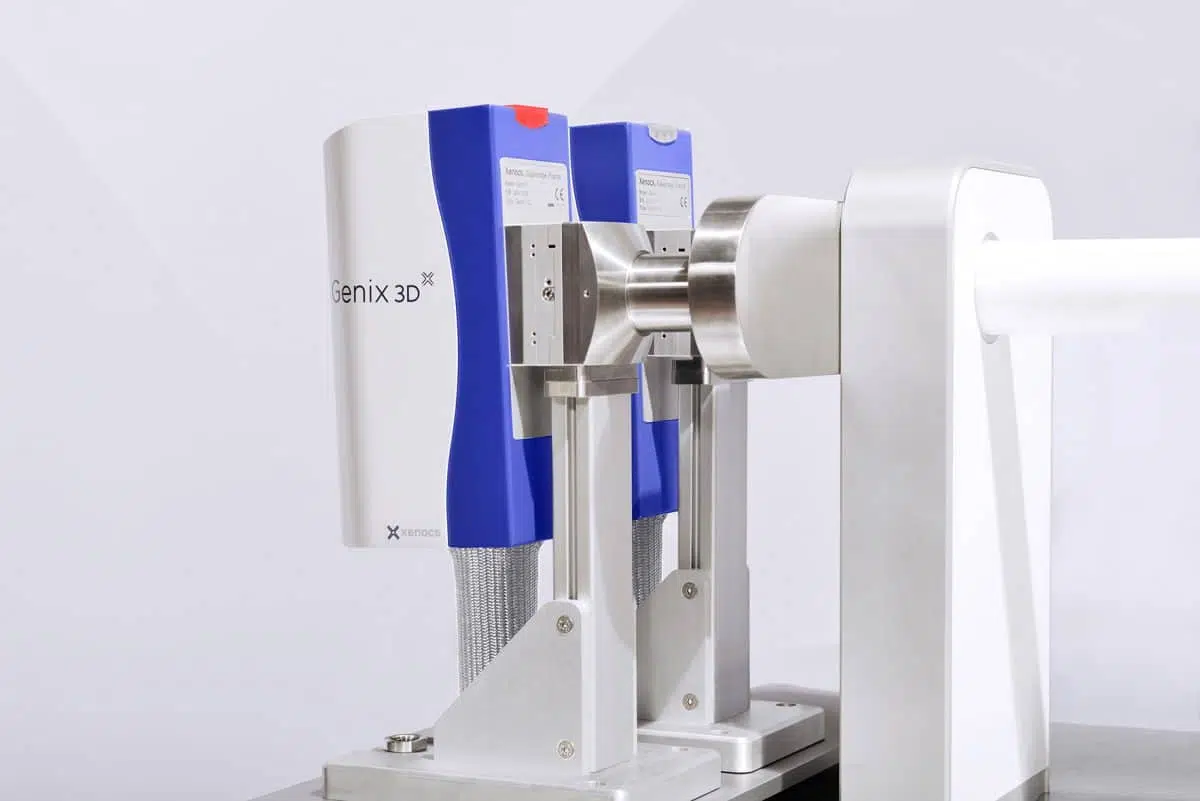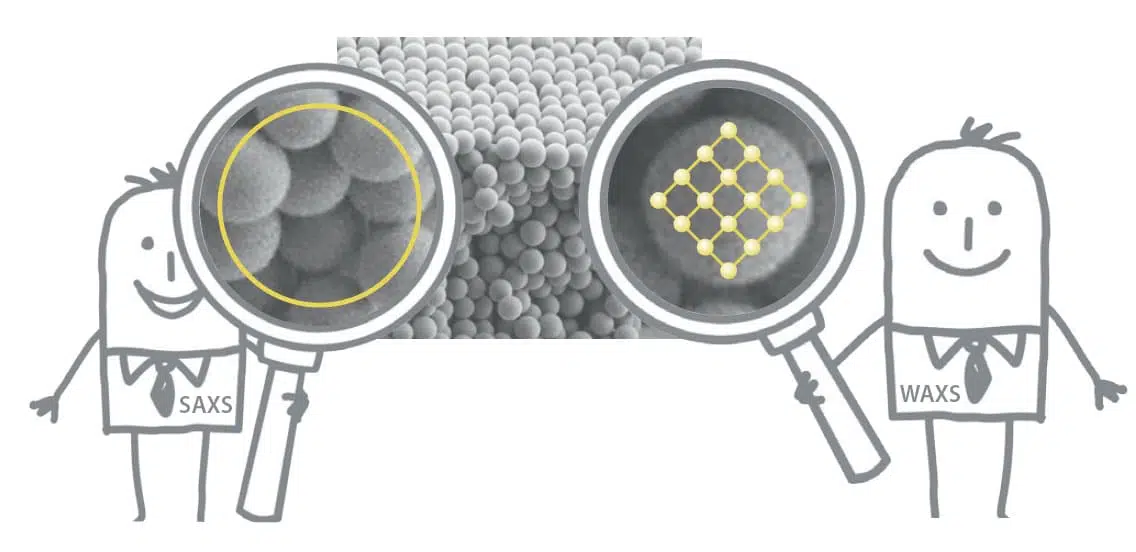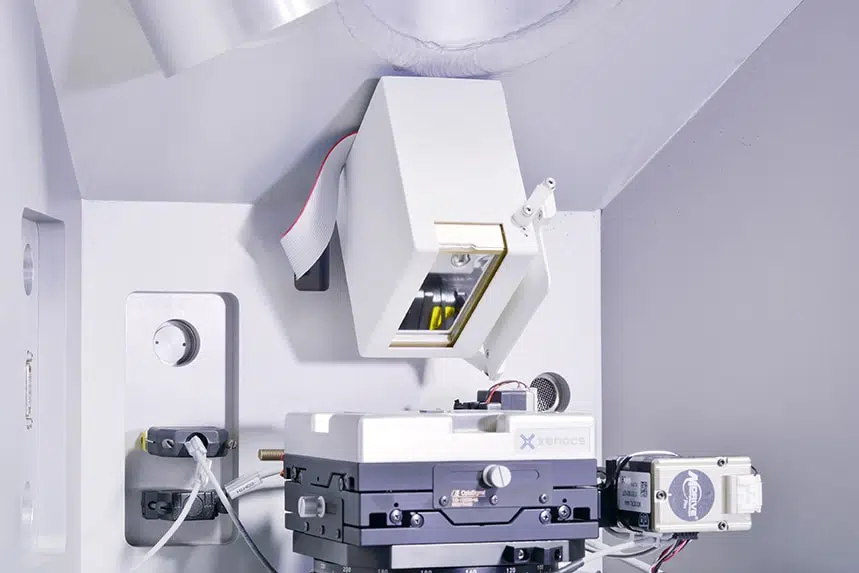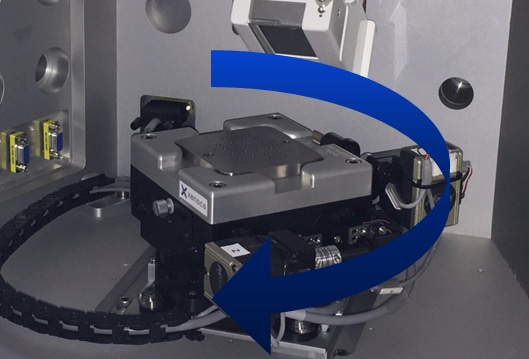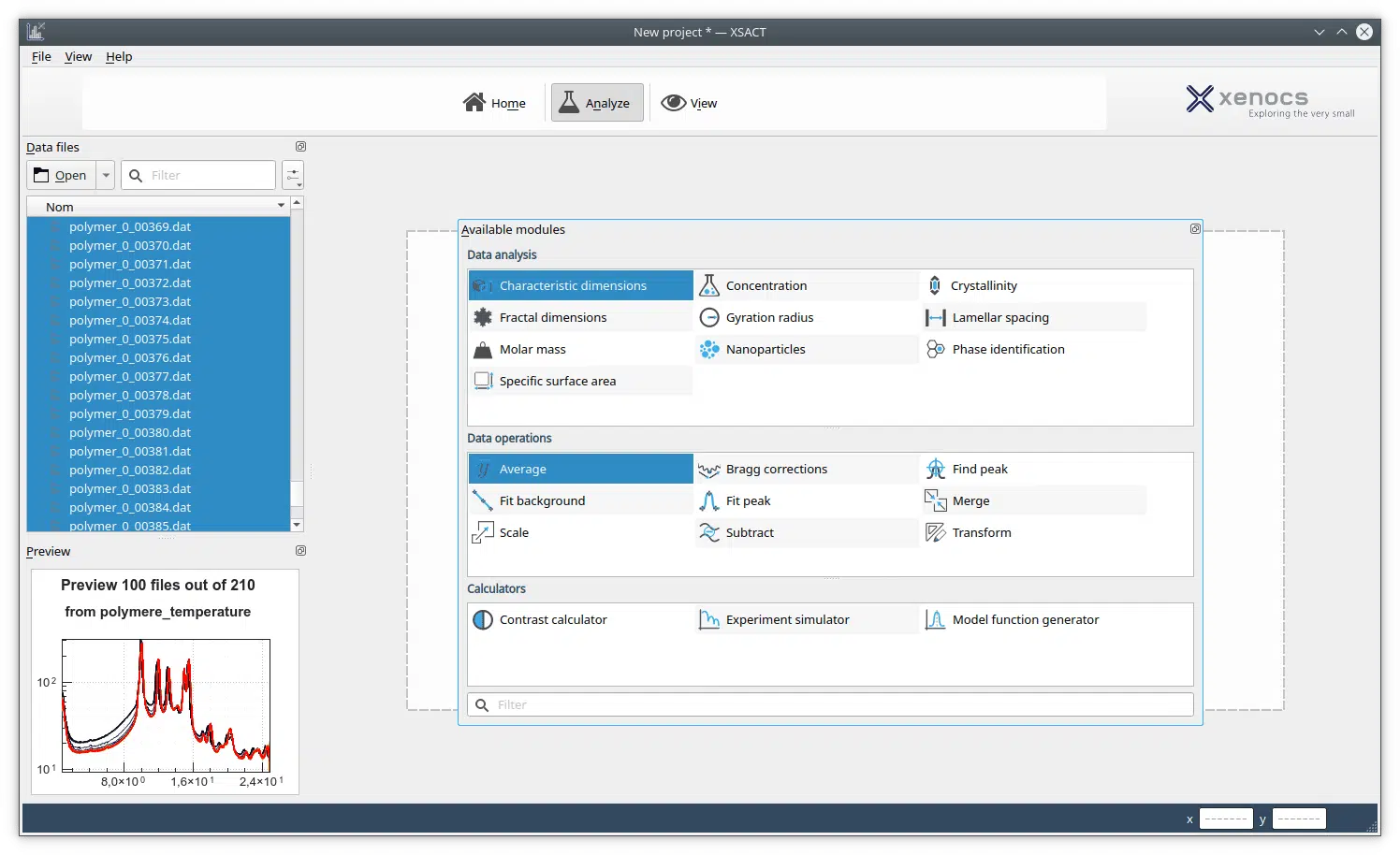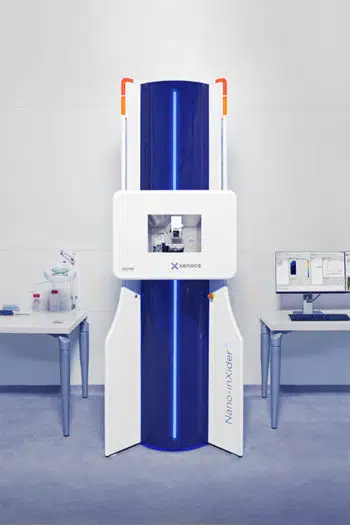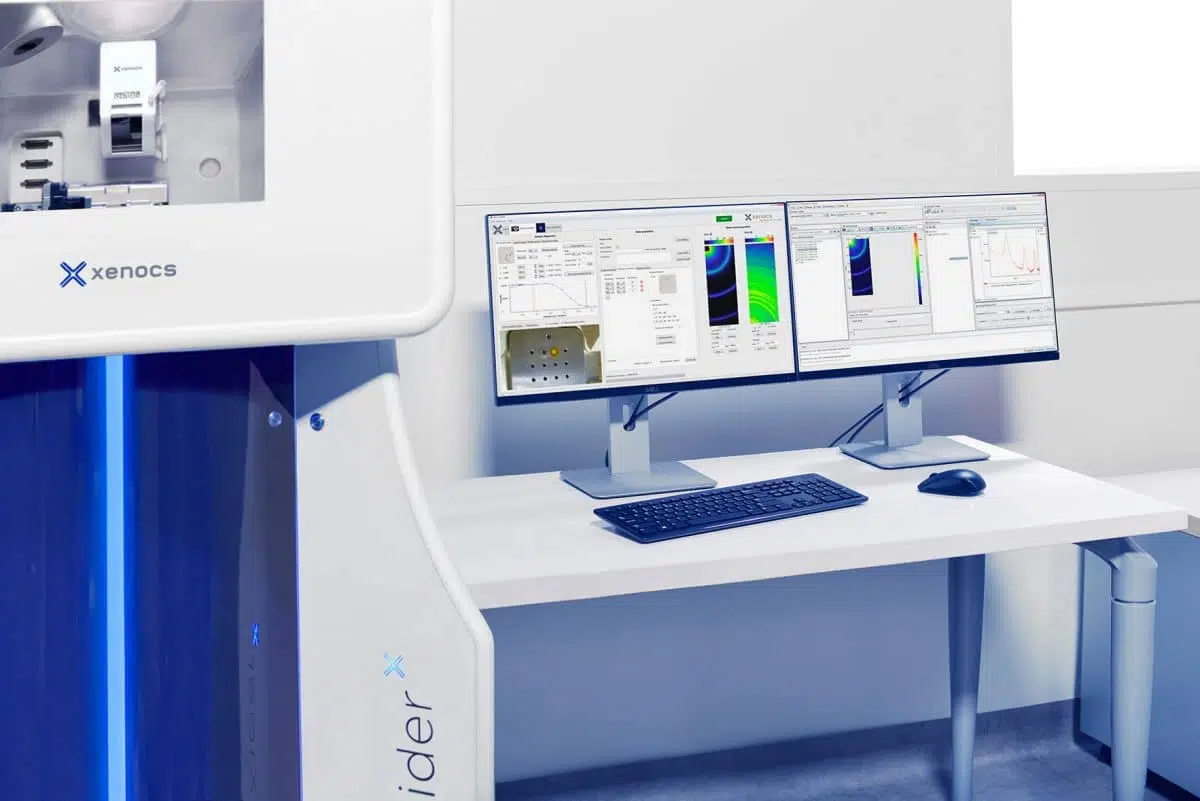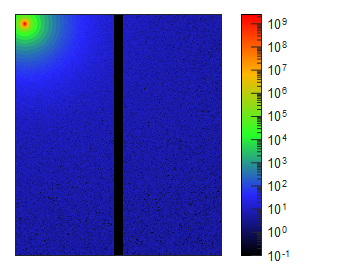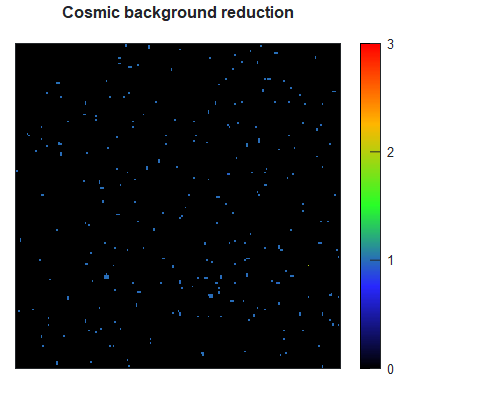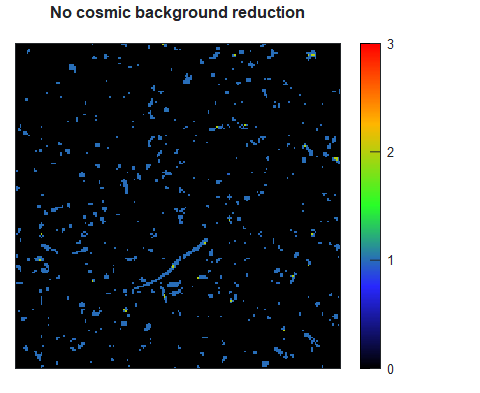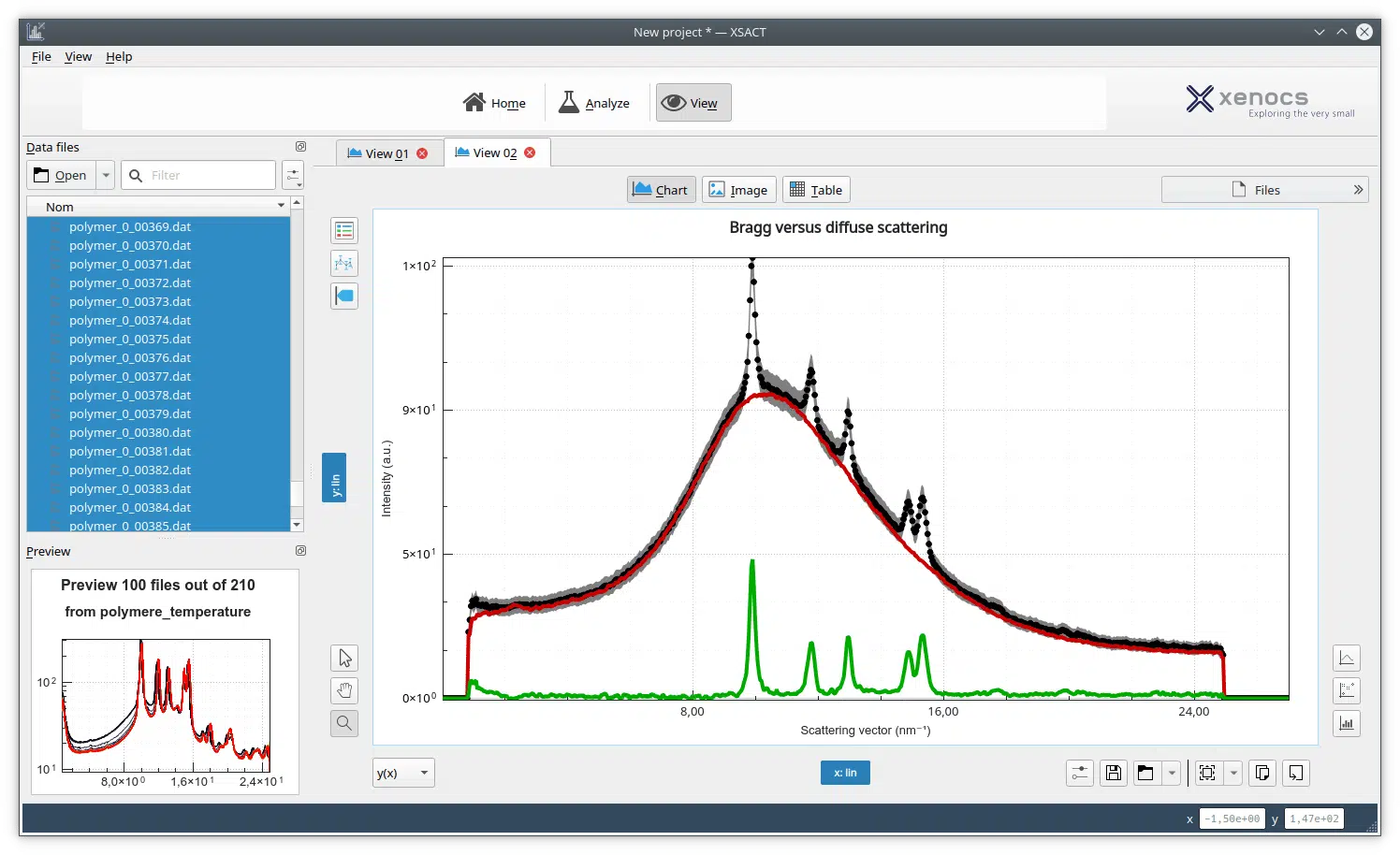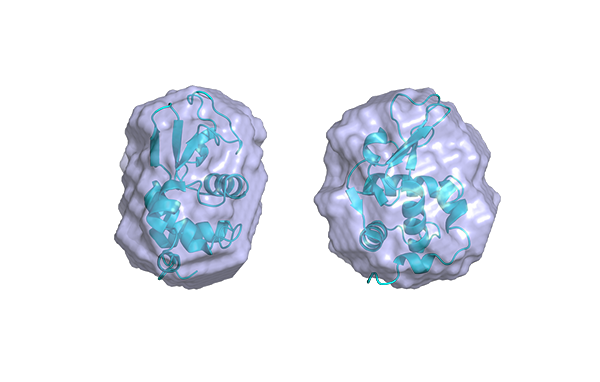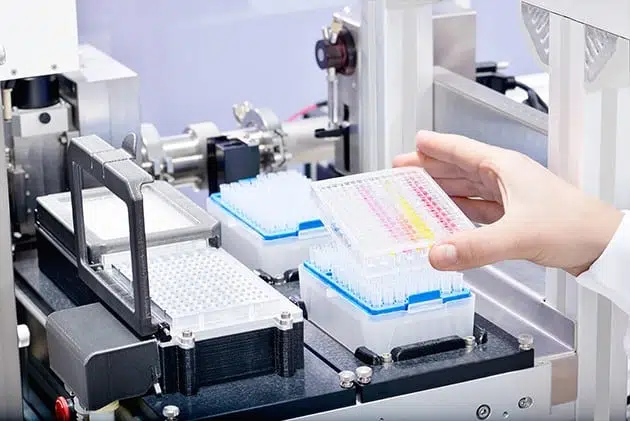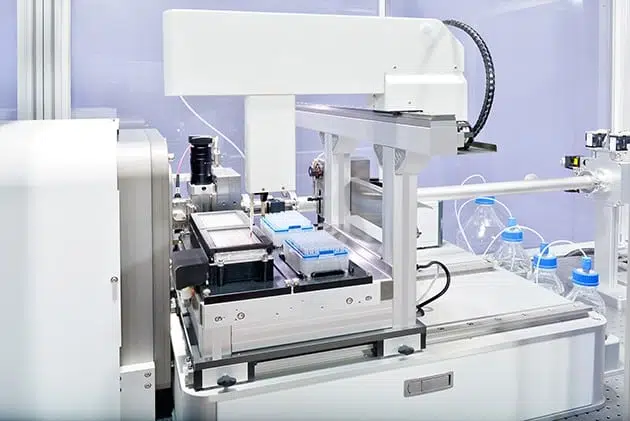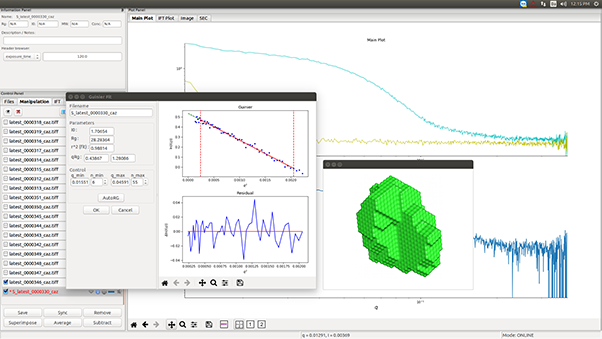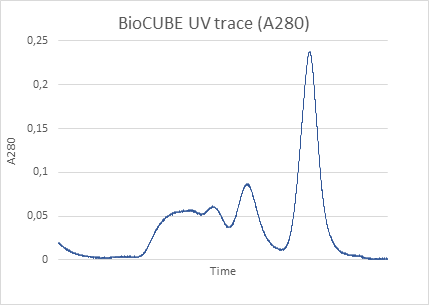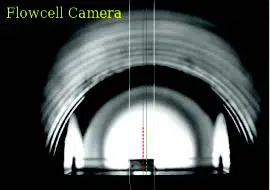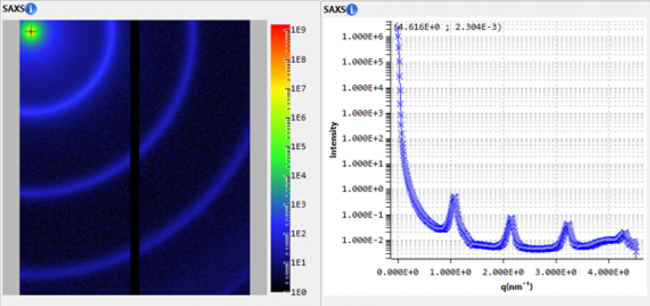Kumar, Sanjay; Harikrishnan, G.
Identifying the Superstability Landscapes of ClayCarbon Nanosheet Suspensions
Using a combination of several experiments, we identify the landscapes of the widely reported superstability of suspensions formed by codispersion of nanosheets of clay and carbon. Primarily, two distinct, abrupt transitions within this superstability are observed. This observation made on a series of model laponitegraphene oxide superstable two-dimensional sheet suspensions…
Emergence of lead halide perovskite colloidal dispersions through aggregation and fragmentation: insights from the nanoscale to the mesoscale
Pratap, Shambhavi; Keller, Elisabeth; Müller-Buschbaum, Peter
The structural and optoelectronic properties of mixed halide perovskite colloidal precursor dispersions are investigated. With increasing concentration, we observe four stages of growing structures, which affect the thin film morphology: (I) nanoparticles, (II) increasing size of nanoparticles, (III) formation of large aggregates/complex clusters and (IV) fragmentation of large
Tunable circularly polarized luminescence from molecular assemblies of chiral AIEgens
Song, Fengyan; Cheng, Yanhua; Liu, Qiuming; Qiu, Zijie; Lam, Jacky W. Y.; Lin, Liangbin; Yang, Fafu; Tang, Ben Zhong
Circularly polarized luminescence (CPL) is important to chiral photonic technologies. In molecular systems, besides their intrinsic chemical structures, architectures of molecular assemblies at the mesoscopic scale also account for the final macroscopic CPL properties. Herein, tunable CPL responses can be induced through architectural regulation of these molecular assemblies in suspension…
Grafting and stabilization of ordered mesoporous silica COK-12 with graphene oxide for enhanced removal of methylene blue
M. Henning, Laura; Simon, Ulla; Gurlo, Aleksander; J. Smales, Glen; F. Bekheet, Maged
Large-pore ordered mesoporous silica (OMS) COK-12, analogous to the well-known SBA-15, but synthesized in a more environmentally friendly way and exhibiting a shorter plate-like structure, was grafted with different amounts of graphene oxide (GO) for the first time in an inexpensive and rapid process, that was successfully upscaled. Samples were…
Highly Ordered Semiconducting Polymer Arrays for Sensitive Photodetectors
Wei, Xiao; Gao, Hanfei; Feng, Jiangang; Pi, Yueyang; Zhang, Bo; Zhai, Yu; Wen, Wen; He, Mingqian; Matthews, James R.; Wang, Hongxiang; Li, Yang; Jiang, Shimei; Jiang, Lei; Wu, Yuchen
Semiconducting conjugated polymers possess attractive optoelectronic properties and low-cost solution processability and are inherently mechanically flexible. However, the device performance is susceptible to the fabrication methods because of the relatively weak intermolecular interaction of the polymers and their inherent conformational and energetic disorder. An efficient fabrication technique
Cast-and-Use Super Black Coating Based on Polymer-Derived Hierarchical Porous Carbon Spheres
Guo, Jing; Li, Dongdong; Zhao, Han; Zou, Weizhi; Yang, Zhusheng; Qian, Zhenchao; Yang, Shijia; Yang, Meng; Zhao, Ning; Xu, Jian
Super black materials with extremely low reflectance and high absorption of incident light are crucial in various applications with strict optical requirements. However, the existing super black materials suffer from technical complexity in practical use whereas the underlying physics of their ultralow reflectance is still unclear. Herein, hierarchical porous carbon…
A solvent-free porous liquid comprising hollow nanorodpolymer surfactant conjugates
Kumar, Raj; Dhasaiyan, Prabhu; Naveenkumar, Parinamipura M.; Sharma, Kamendra P.
Liquids having permanent porosity can offer significant processing advantages over their solid counterparts. This has recently led to tremendous activity towards the design and development of intrinsic pores in the liquid phase, predominantly for studies involving gas sequestration. We show here the development of a solvent-free mesoporous liquid material based…
Nano-confined crystallization of organic ultrathin nanostructure arrays with programmable geometries
Gao, Hanfei; Qiu, Yuchen; Feng, Jiangang; Li, Shuang; Wang, Huijie; Zhao, Yuyan; Wei, Xiao; Jiang, Xiangyu; Su, Yewang; Wu, Yuchen; Jiang, Lei
Fabricating ultrathin organic semiconductor nanostructures attracts wide attention towards integrated electronic and optoelectronic applications. However, the fabrication of ultrathin organic nanostructures with precise alignment, tunable morphology and high crystallinity for device integration remains challenging. Herein, an assembly technique for fabricating ultrathin organic single-crystal
Random Organic Nanolaser Arrays for Cryptographic Primitives
Feng, Jiangang; Wen, Wen; Wei, Xiao; Jiang, Xiangyu; Cao, Moyuan; Wang, Xuedong; Zhang, Xiqi; Jiang, Lei; Wu, Yuchen
Next-generation high-security cryptography and communication call for nondeterministic generation and efficient authentication of unclonable bit sequences. Physical unclonable functions using inherent randomness in material and device fabrication process have emerged as promising candidates for realizing one-way cryptographic systems that avoid duplication and attacks. However, previous
TiO2-carbon nanoporous composites prepared via ZnO nanoparticle-templated carbonization of glucose adsorb and photodegrade organic pollutants in water
Barrera, Luis A.; Escobosa, Alma C.; Nevarez, Aileen; Dominguez, Noemi; Bañuelos, Jose L.; Westerhoff, Paul; Noveron, Juan C.
We report the ZnO nanoparticle-templated formation of nanoporous carbon (NTC) embedded with TiO2 nanoparticles for the adsorption and photodegradation of organic pollutants in water. Small-angle X-ray scattering (SAXS) studies indicate that NTC and NTC-TiO2 exhibit two types of porosities with average pore diameters of 2.8 and 11.5?nm, while Brunauer-Emmet-Teller (BET)…





